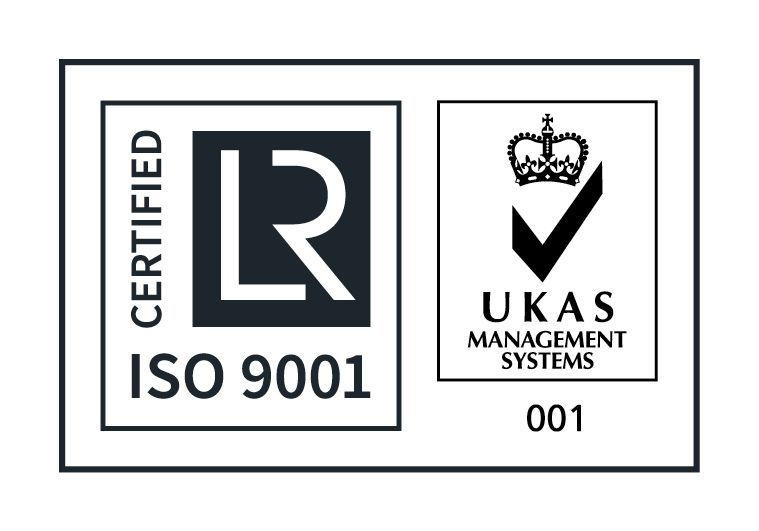
Dynamic Balancing and Condition Monitoring FAQs
What is condition monitoring?
Condition monitoring (CM) is the process of monitoring a parameter of condition in machinery (vibration, temperature, etc.), in order to identify a significant change which is indicative of a developing fault. It is a major component of predictive maintenance. The use of condition monitoring allows maintenance to be scheduled, or other actions to be taken to prevent consequential damages and avoid its consequences.
What are the benefits of condition monitoring?
Condition monitoring has a number of benefits, including:
- Reduced downtime: Condition monitoring can help to prevent unplanned downtime by identifying developing faults and allowing maintenance to be scheduled.
- Extended asset life: Condition monitoring can help to extend the life of machinery by detecting and correcting faults before they cause major damage.
- Improved safety: Condition monitoring can help to improve safety by detecting faults that could lead to accidents.
- Increased efficiency: Condition monitoring can help to improve efficiency by reducing unplanned downtime and extending the life of machinery.
- Reduced costs: Condition monitoring can help to reduce costs by reducing downtime, extending the life of machinery, and improving efficiency.
What are the different types of condition monitoring?
There are a number of different types of condition monitoring, including:
- Vibration monitoring: Vibration monitoring is the most common type of condition monitoring. It is used to detect unbalance, misalignment, bearing wear, and other faults.
- Temperature monitoring: Temperature monitoring is used to detect overheating in machinery. This can be caused by a number of factors, such as friction, bearing wear, and electrical faults.
- Oil analysis: Oil analysis is used to detect contamination and wear in oil. This can be caused by a number of factors, such as bearing wear, gear wear, and hydraulic leaks.
- Motor current analysis: Motor current analysis is used to detect electrical faults in motors. This can be caused by a number of factors, such as winding insulation failure, bearing wear, and misalignment.
What is dynamic balancing?
Dynamic balancing is the process of correcting the imbalance of a rotating object. This is done by adding or removing material from the object. Imbalance can cause vibration, which can lead to premature wear and failure of the object.
What are the benefits of dynamic balancing?
Dynamic balancing has a number of benefits, including:
- Reduced vibration: Dynamic balancing can help to reduce vibration, which can lead to a number of benefits, including reduced noise, improved safety, and extended asset life.
- Extended asset life: Dynamic balancing can help to extend the life of machinery by reducing vibration and wear.
- Improved safety: Dynamic balancing can help to improve safety by reducing vibration and preventing accidents.
- Increased efficiency: Dynamic balancing can help to improve efficiency by reducing vibration and energy consumption.
- Reduced costs: Dynamic balancing can help to reduce costs by reducing downtime, extending the life of machinery, and improving efficiency.
When should I use condition monitoring and dynamic balancing?
Condition monitoring and dynamic balancing can be used on a variety of machinery, including:
- Rotating machinery, such as pumps, compressors, and motors
- Electrical equipment, such as transformers and generators
- Rolling element bearings
- Gearboxes
- Chains and belts
- Hydraulic systems
- Pneumatic systems
Condition monitoring can be used to detect a variety of faults, including:
- Unbalance
- Misalignment
- Bearing wear
- Gear wear
- Chain and belt wear
- Hydraulic and pneumatic leaks
- Electrical faults
Dynamic balancing can be used to correct the imbalance of rotating objects, such as rotors, impellers, and fans.
How can I get started with condition monitoring and dynamic balancing?
If you are interested in getting started with condition monitoring and dynamic balancing, there are a number of things you can do:
- Get in touch with us as we are a condition monitoring and dynamic balancing specialist. We can help you to choose the right equipment and services for your needs.
- Implement a condition monitoring program. This will involve collecting data on the condition of your machinery and using that data to identify developing faults.
- Schedule regular dynamic balancing of your rotating equipment. This will help to prevent vibration and extend the life of your machinery.
Condition monitoring and dynamic balancing are valuable tools for predictive maintenance. They can help to reduce downtime, extend the life of machinery, improve safety, and reduce costs.
Dynamic Balancing
All rotating elements are dynamically balanced in-house to ISO standard using our Geisler 246 Balancing Machine. All units are then re-assembled with new bearings etc.
The mechanical workshop has dedicated on-site service engineers who carry out repairs, cover customer resource requirements on-site, laser and dynamic balancing requirements.
Thermographic Imaging
Thermography is a non-invasive, non-contact imaging procedure that uses infrared energy to measure the temperature of an object, material, or environment. This procedure is useful in identifying poor connections and faults in electric panels. Site reports are provided after the thermographic survey is completed.
Vibration Analysis
If on-site investigation is required our Condition Monitoring department will carry out vibration analysis using SKF Micro Log Model GX. Full diagnostic report provided.












Contact Us
M R Engineering Group
107 ‑ 125 Bridge Street
Birkenhead
Merseyside
CH41 1BD
(Sat Nav Postcode: CH41 1AT)
© Copyright 2023 M R Engineering. All Rights Reserved.
